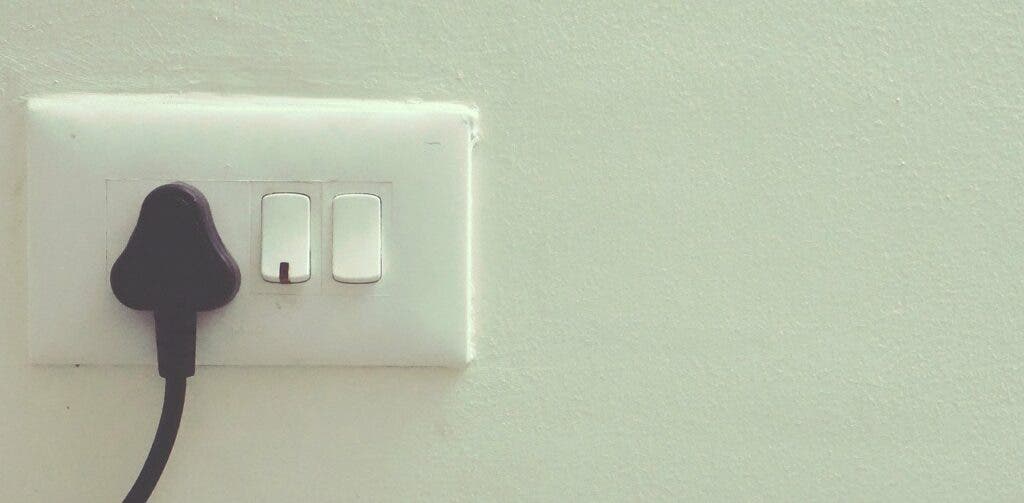The United States could run its electric grid into the ground using air conditioners if climate change continues at its current pace — and there’s no indication that it’s going to stop.

A study of household-level electricity demand from the American Geophysical Union warns that an increase in the use of air conditioners (AC) in the USA is likely to cause massive issues in the future. This increase in use will be driven by climate change. Higher peak temperatures in the summer and longer, more frequent heat waves will increase usage enough to overwhelm national electricity grids as they are now.
Unless the grids are modernized to become more effective or receive increased capacity, the USA stands to expect rolling blackouts.
Chilling prospects
“We tried to isolate just the impact of climate change,” said Renee Obringer, an environmental engineer at Penn State University and lead author of the new study. “If nothing changes, if we, as a society, refuse to adapt, if we don’t match the efficiency demands, what would that mean?”
The researchers projected how summertime energy usage will evolve in the future, under two scenarios: these assume global temperatures rise 1.5 degrees Celsius (2.7 degrees Fahrenheit), or 2.0 degrees Celsius (3.6 degrees Fahrenheit) above pre-industrial levels. Based on these temperatures, they estimate that electricity demand in the USA would increase by 8% and 13% overall, respectively.
Based on our current emissions, we’re well on the way to exceed the 1.5 degrees Celsius warming scenario by the early 2030s, according to The Intergovernmental Panel on Climate Change (IPCC) 2021 report. In fact, without significant effort, we’ll likely exceed the 2.0-degree Celsius threshold, as well, by the end of the century.
This study is the first to analyze the impact of higher temperatures on electricity demand and peak load for specific cities or states. It is also the first to project residential air conditioning demand at a wide scale. Environmental data used in the projections included air temperature and heat, humidity and discomfort indices, alongside air conditioning use figures, collected by the U.S. Energy Information Administration (EIA) in 2005-2019 from statistically representative households across the contiguous United States.
That being said, the findings are not perfect; the study only took into account the influence of climate on air conditioning use. Additional factors such as population increases, changes in income, consumer behavior, or other factors that can affect air conditioning demand, were not taken into account.
It is possible, says the team, for technological improvements (such as better insulation or improved AC efficiency) to come along and make it possible to cover the increased demand for AC without extra energy drain. The team calculated that an increase in efficiency of 1% and 8% would be required for this. This figure varies with existing state standards and how much demand is expected to increase there; Arkansas, Louisiana, and Oklahoma would need the most increases.
Heat waves will pose an especially difficult time for our grids, and also present the highest risk of death for the public. Worse still, energy generation tends to fall below its peak during heat waves, further compounding the problem. In this scenario, it’s very likely that energy utility companies will be forced to stage rolling blackouts to avoid grid failure during heat waves.
The south and southwest regions of the country will see the greatest increases in energy demand. For the state of Arizona, for example, if all households increase AC use by 6% — which the team estimates will be needed to offset 1.5 degrees of extra warming — the whole state will see an increased monthly demand of 54.5 million kilowatt-hours.
The new study predicted the largest increases in kilowatt-hours of electricity demand in the already hot south and southwest. Under the 2.0-degree Celsius scenario, some cities in the area, such as Indiana and Ohio, could see triple their current energy demand over the summer months.
The paper “Implications of Increasing Household Air Conditioning Use Across the United States Under a Warming Climate” has been published in the journal Earth’s Future.









